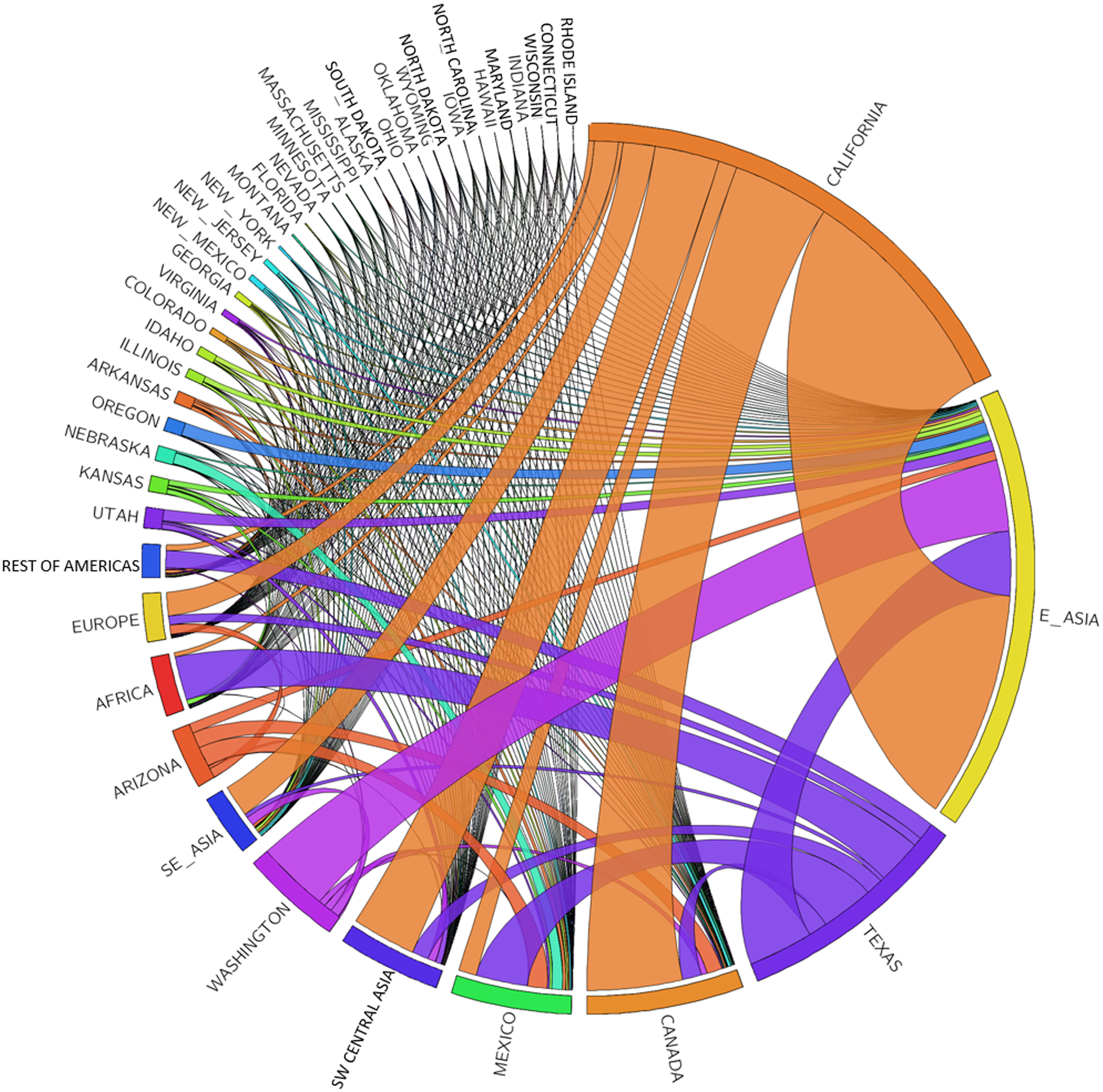Listen here on Spotify | Listen here on Apple Podcast
Episode released on June 1, 2023
 Megan Konar is an Associate Professor of Civil and Environmental Engineering at the Univ. of Illinois whose research focuses on the intersection of food, water and trade.
Megan Konar is an Associate Professor of Civil and Environmental Engineering at the Univ. of Illinois whose research focuses on the intersection of food, water and trade.
Some of her current research focuses on developing a framework to help importing countries identify opportunities to reduce their risks without increasing their costs by applying modern portfolio.
Highlights | Transcript
- Rising food prices (food inflation) reflect increasing supply chain disruptions during the pandemic, recent geopolitical issues, and weather events.
- Ongoing research to respond to a recent executive order to identify choke points in food supply chains in the US.
- Food trade is linked to virtual water trade reflecting the water footprint of the food, i.e., water evapotranspired while growing the food but not in the actual food.
- Much of the food production in the US linked to unsustainable groundwater use in three major aquifers: Central Valley, High Plains, and Mississippi Embayment, ~ 35 km3/yr, almost 30-million-acre-feet, with ~10% used in international trade.
- Farmers implement a variety of adaptation strategies to mitigate the impact of drought, such as changing from surface water to groundwater, fallowing annual crops, and water markets. This was seen in the 2012-2016 California drought.
- There is a lot of interest in footprints these days; however, water and carbon footprints differ. High water footprints are not necessarily bad if water is derived from rain and not from rivers or aquifers. However, high carbon footprints increase carbon emissions which are uniformly mixed in the atmosphere.
- Having crop insurance in US increases irrigation water use because farmers have to show that they irrigated the crops properly to obtain the insurance.
- Africa, particularly Sub-Saharan Africa, is extremely challenging in terms of water and food security and there have been calls to close yield gaps there, possibly through irrigation expansion, your work in Zambia is looking at improved road networks and food storage to help with food security.
- What is the causal impact of trade on water use: your research that uses causal inference methods from econometrics shows that trade openness does not increase water use.
- Future outlook for food and water security seems good as global food trade is a complex network which is inherently stable and the interconnected web of producers and consumers increases resilience of the food system.




